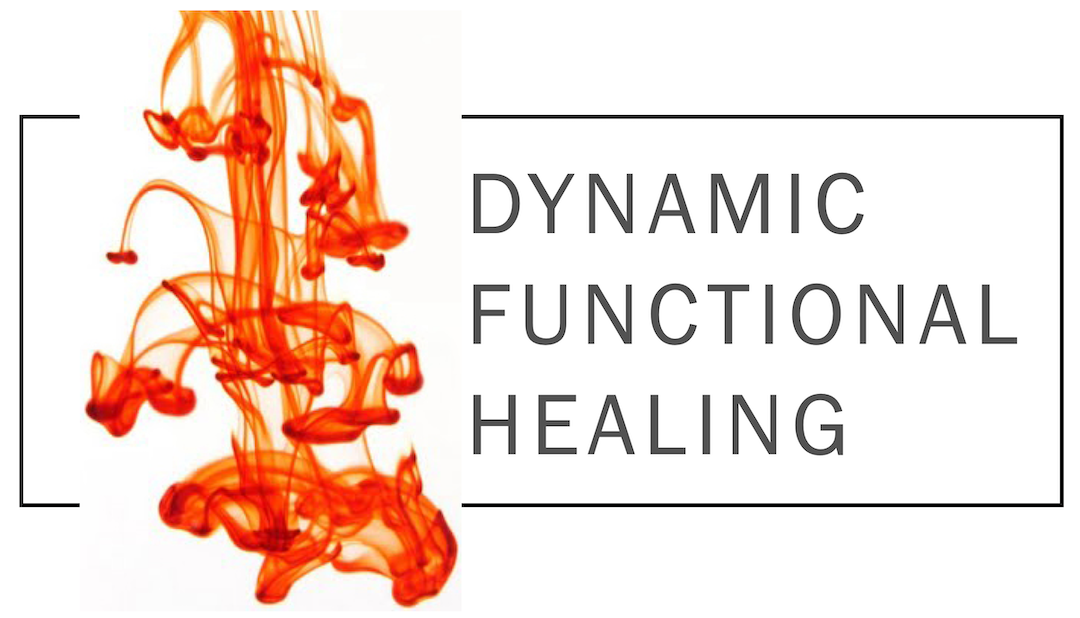What do feet have to do with one's core? Turns out, everything. It all starts at the feet. The most functional movement humans do is walk. If our parts are aligned and neuro-muscularly coordinated we walk and work with ease and without pain. There is a sequence to neuro-muscular firing that is essential to this coordination. Think of a string of fire crackers, each causing the next to ignite. That's efficient. If you had to keep lighting every couple fire crackers you'd get frustrated and you wouldn't get the same effects.
So here's how it works:
We must have enough inversion of the foot in order to effect external rotation of the tibia which, in turn, causes internal rotation of the femur, activates the glutes, then initiates firing of psoas, pelvic floor and respiratory diaphragm. It's a neuro-muscular firing cascade that happens from the ground to the core by virtue of our feet impacting the ground.
We also must have enough eversion of the foot, have enough ankle dorsiflexion and be able to get over our big toe in order to effect adequate propulsion. A number of compensations reveal any inadequacies—walking with feet pointed outward, rolling the feet, twisting the leg, throwing the leg to the side or picking up the foot early. Have bunions? or flat feet? They're the result of compensations.
Neuro-muscular firing initiates while we are anticipating where to place our foot, even before the step is taken. There's an unconscious planning that takes place in walking (and running), one that either serves us well or has become a pathological habit. People who have been raised shod have more foot, ankle, and leg injuries than people raised barefoot because the sensory ability of the small, intrinsic nerves of the feet have been dampened. A shod foot trying to walk is like a ear trying to hear underwater—distorted and unsure.
Getting some barefoot time in each day can re-awaken those small, intrinsic nerves, improving balance and proprioception while protecting you from injury over the long term. Many runners who change from shod to barefoot, or minimalist, get injured because they try too much too soon. It takes some time for the nerves to waken and for your body to adjust to using your muscles in new ways. Take it very slow and gradually decrease your shoe's support over time.
Check out Harvard's website on "Biomechanical Differences Between Different Foot Strikes" for more, really cool information.
